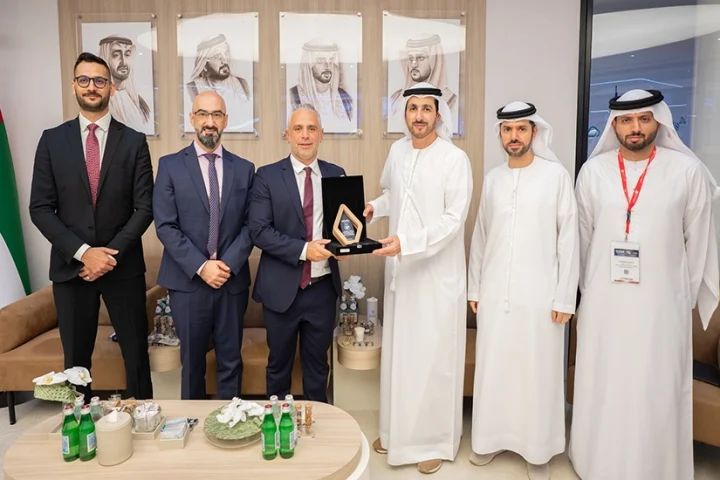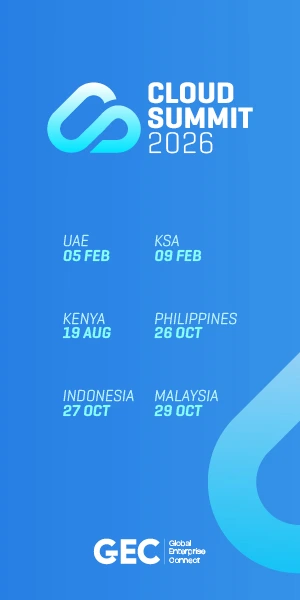Splunk released a new global report “The Hidden Costs of Downtime,” which highlights the direct and hidden costs of unplanned downtime. The survey calculated the total cost of downtime for Global 2000companies to be $400B annually, or 9 percent of profits, when digital environments fail unexpectedly. The analysis revealed the consequences of downtime go beyond immediate financial costs and take a lasting toll on a company’s shareholder value, brand reputation, innovation velocity and customer trust.
Unplanned downtime — any service degradation or outage of a business system — can range from a frustrating inconvenience to a life-threatening scenario for customers. The report surveyed 2,000 executives from the largest companies worldwide (Global 2000) and showed downtime causes both direct and hidden costs as defined below:
- Direct costs are clear and measurable to a company. Examples of direct costs are lost revenue, regulatory fines, missed SLA penalties and overtime wages.
- Hidden costs are harder to measure and take longer to have an impact, but can be just as detrimental. Examples of hidden costs include diminished shareholder value, stagnant developer productivity, delayed time-to-market, tarnished brand reputation and more.
The report also highlighted the origins of downtime — 56 percent of downtime incidents are due to security incidents such as phishing attacks, while 44 percent stem from application or infrastructure issues like software failures. Human error is the number one cause of downtime and the biggest offender for both scenarios.
However, there are practices that can help reduce downtime occurrences and lessen the impacts of direct and hidden costs. The research revealed an elite group of companies — the top 10 percent — are more resilient than the majority of respondents, suffering less downtime, having lower total direct costs and experiencing minimal impacts from hidden costs. These organizations are defined as resilience leaders and their shared strategies and traits provide a blueprint for bouncing back faster. Resilience leaders are also more mature in their adoption of generative AI, expanding their use of embedded generative AI features in existing tools more than at four times the rate of other organizations.
























